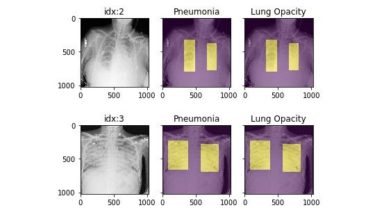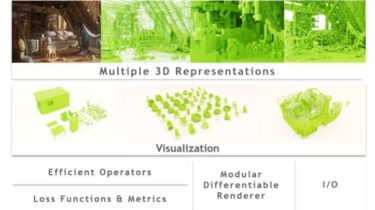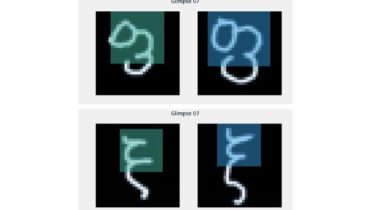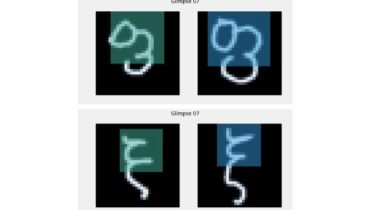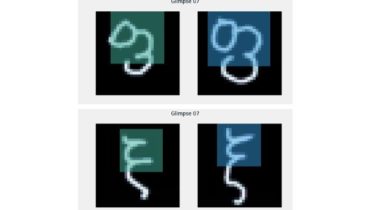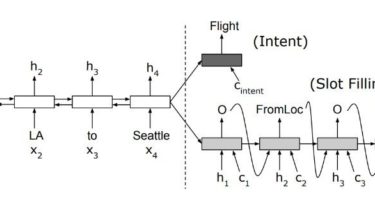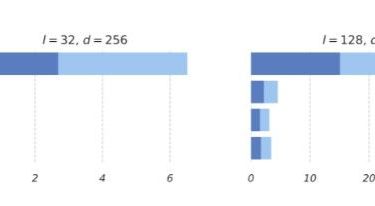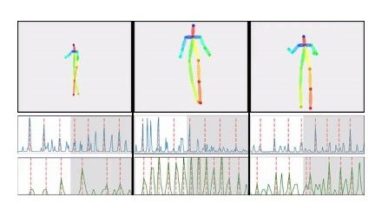TorchXRayVision: A library of chest X-ray datasets and models
A library for chest X-ray datasets and models. Including pre-trained models. ( 🎬promo video about the project) Motivation: While there are many publications focusing on the prediction of radiological and clinical findings from chest X-ray images much of this work is inaccessible to other researchers. In the case of researchers addressing clinical questions it is a waste of time for them to train models from scratch. To address this, TorchXRayVision provides pre-trained models which are trained on large cohorts of […]
Read more